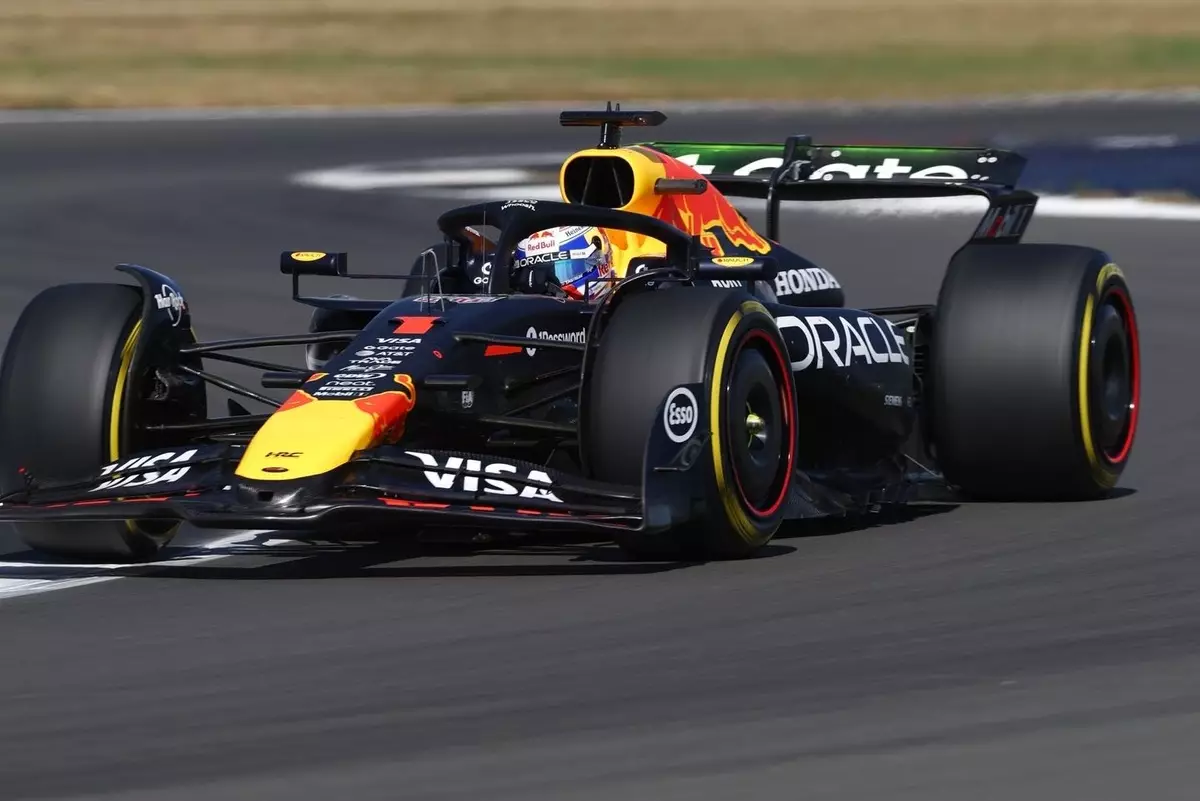Red Bull Racing, a team long heralded for its innovation, precision, and dominance in Formula 1, appears to be grappling with a crisis of confidence this season. Despite their recent string of world championships, the team’s current struggles expose underlying vulnerabilities that threaten their supremacy. Max Verstappen, the reigning world champion, has been vocal about his dissatisfaction, painting a picture of a squad in flux. While their record-breaking victory streak seemed unshakeable, 2024 has revealed cracks beneath the surface—cracks that threaten to widen unless addressed with urgency and strategic clarity.
Verstappen’s frustration underscores a deeper issue: the disparity between the team’s expectations and their actual performance. His candid remarks about Friday’s practice sessions highlight a vehicle that is unbalanced, unpredictable, and ultimately, less competitive. These struggles are not just about technical setbacks; they reflect a fragile morale within the team that could hinder their ability to maintain consistency in high-pressure races. Verstappen’s dissatisfaction is a stark reminder that even the most successful teams are vulnerable if they lack the resilience or adaptability required to confront adversity head-on.
Technical Failings and the Challenge of Adaptability
The core technical challenges surfaced vividly during Silverstone’s windy conditions, which seemed to magnify the team’s existing weaknesses. Verstappen described the car as “quite a bad day,” emphasizing the need for better balance and handling. His comment about the car’s sensitivity to wind, despite not wanting to use it as an excuse, reveals a fundamental flaw: the car’s current setup struggles to cope with variable conditions, undermining confidence and pace. For a top-tier team with access to cutting-edge technology, such deficiencies suggest deeper strategic miscalculations or limitations in development.
Horner’s comments about “new tools” coming online illustrate a reluctant acknowledgment that their current arsenal isn’t enough. A new wind tunnel, along with other technical improvements, signals a recognition that their existing technology might be insufficient to sustain their dominance. Yet, this approach seems reactive rather than proactive. Waiting for new tools to come online could risk falling further behind McLaren, who are now surpassing Red Bull in performance—an alarming turnaround for a team that once seemed invincible.
Moreover, the team’s technical team appears to be caught in a balancing act, trying to optimize a car plagued by understeer and slow corners—particularly at challenging sections like Turn 6 and 7. These issues hinder lap times and race pace and suggest that development and calibration attempts may not be enough to close the gap with rivals. The question is whether Red Bull’s current approach is enough to reclaim their edge, or if fundamental design philosophy needs an overhaul.
Strategic Vulnerability and Future Uncertainty
Perhaps most concerning is Horner’s hesitant stance on Verstappen’s future. Amid rumors of Verstappen potentially switching to Mercedes post-2026, the team’s leadership displays a mix of confidence and uncertainty. Horner’s comments come across as careful and measured, trying to reassure fans while grappling with the specter of losing their star driver. This hesitation raises critical questions about team loyalty, strategic planning, and the overarching vision for Red Bull’s future.
The promise of “new tools” and constant organizational improvements suggests a team aware of its shortcomings but possibly lacking the agility to adapt swiftly. In the high-stakes environment of F1, complacency could be disastrous. McLaren’s rise, which has seen them outperform Red Bull in recent races, serves as a stark warning that technological leaps alone won’t guarantee success—they also require adaptive strategies and unwavering morale.
Red Bull’s current predicament underscores a vital lesson for teams operating at the pinnacle: success is fleeting without continuous innovation and a resilient mental framework. Verstappen’s candid critique and Horner’s strategic hedging are both signals that the team must evolve rapidly—not just technologically but also culturally—if they wish to stay at the top. While their investment in upcoming tools might eventually close the gap, the real challenge lies in rebuilding confidence, sharpening focus, and reaffirming their commitment to excellence amidst mounting pressure.
In this landscape, every decision, every upgrade, and every strategic shift could pivot Red Bull’s trajectory from dominance to mediocrity—unless they confront their vulnerabilities head-on and embrace the high-stakes reality of modern Formula 1.


Leave a Reply